Karkala: Cashews in the Making
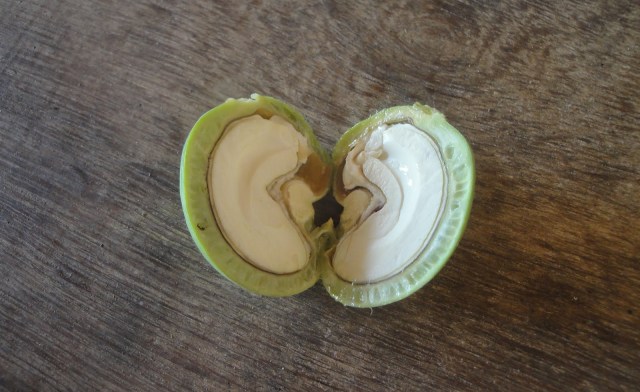
This past Friday our field visit took us to learn about the occupational hazards that face workers in the cashew industry in South India, with special attention paid to issues regarding contact dermatitis. This factory is one of the largest in the area, with Karkala housing 10 cashew factories. It is the largest exporter to numerous countries around the world. India has the largest production of cashews globally, composing 65% of the world production, other key countries and regions include Africa, Indonesia, Brazil and Vietnam. The work is labor intensive and this factory shells, roasts and packages hundreds of bags and metal canisters of cashews daily. Indian cashews are particularly tasty as they are small and crispy. They originate from a strain of cashew tree that was imported from Brazil 200 years ago.
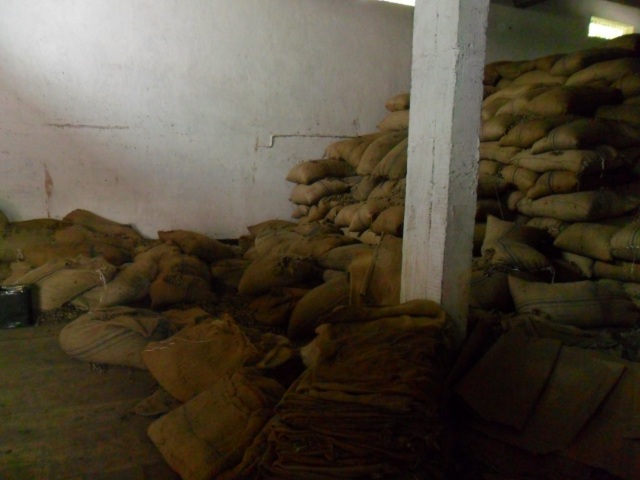
Stores of cashews are kept by the factory that are imported from around the world. Since the growing season is only four months long in India, this allows the factory to function year-round.
Indian cashew production does not use the cashew apple, and just utilizes the nut (nut shown sliced open in cover photo). It is rich in protein, healthy fats and vitamins. However, the shell of the nut is composed of two acids: anacardic (90%) and cardol (10%) acid. Of these, anacardic acid is especially hazardous and causes contact dermatitis; this can cause lesions or severe leathering of the skin on the fingers. At the most severe stage, the hands have black dead skin patches and there is a pus discharge (picture of dead skin below). When cashews are steamed, the heat acts as a catalyst to transform anacardic acid into cardol acid, therefore the new split between the two is 70/30 for anacardic/cardol.
With regards to public health, contact dermatitis can progress to cause permanent damage/scarring to the skin of the hand, and can cause psychosomatic issues due to “ugly” hands. Different precautionary measures can be taken, but they are the initiative of the employee. These include, but are not limited to finger gloves, hand gloves, oils (to create a barrier between the skin and oil from the cashew) and creams. Employees can be hesitant to use gloves or oils/creams as they perceive it as reducing their productivity. If their productivity is lowered, they will receive lower pay, as they are expected to cut a set amount (kg) of cashews per day to receive their salary.
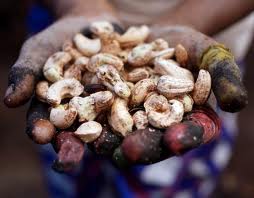
This photo depicts some of the black dead skin that can result from removing the hard outer shell of cashews. The oil is on the outer shell.
There are seven steps to processing cashews: 1) cleaning and drying 2) steaming 3) shelling 4) peeling the thin layer 5) grading (good or bad) 6) roasting and 7) packaging. Younger women are generally involved in the peeling and grading processes, as they do not come in contact with the acid and there is limited damage the hands. There are 247 employees (24 male, 223 female) in the factory, with the majority obtaining between the ages of 21-30 and having only received up until a high school education (8-10th standard).
The trip was very educational, and I was really able to catch a glimpse into an industry that I would not have visited had I not been on this trip. It was interesting to gain the Indian perspective on the occupational issues of cashew factory workers – and now I definitely understand why cashews are so expensive!
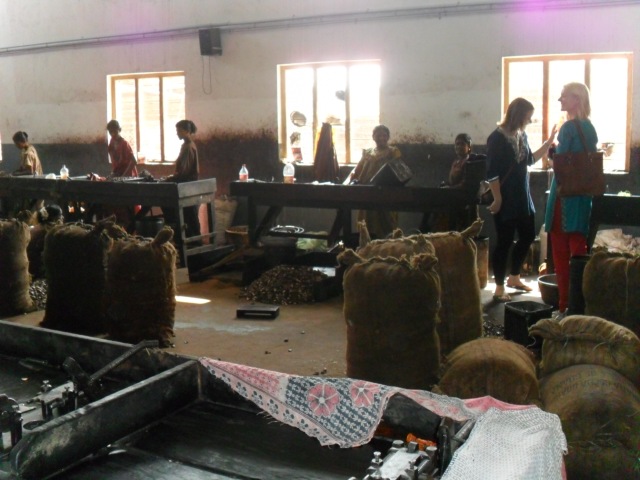
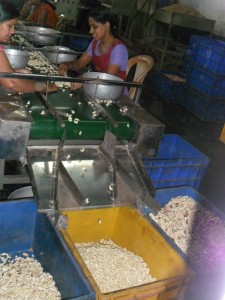
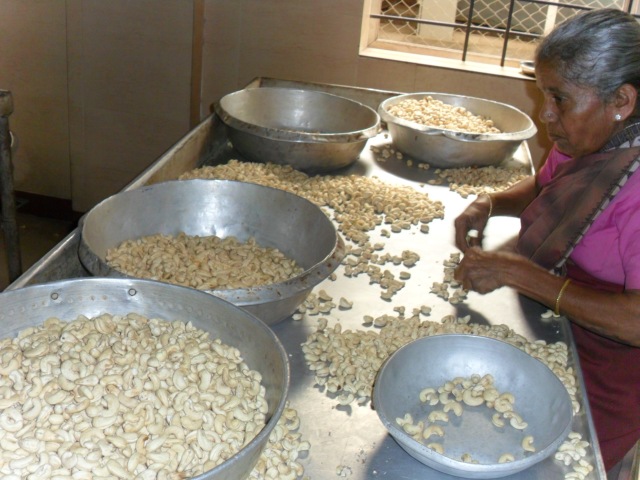
I did not know that peeling cashews caused so much skin damage.